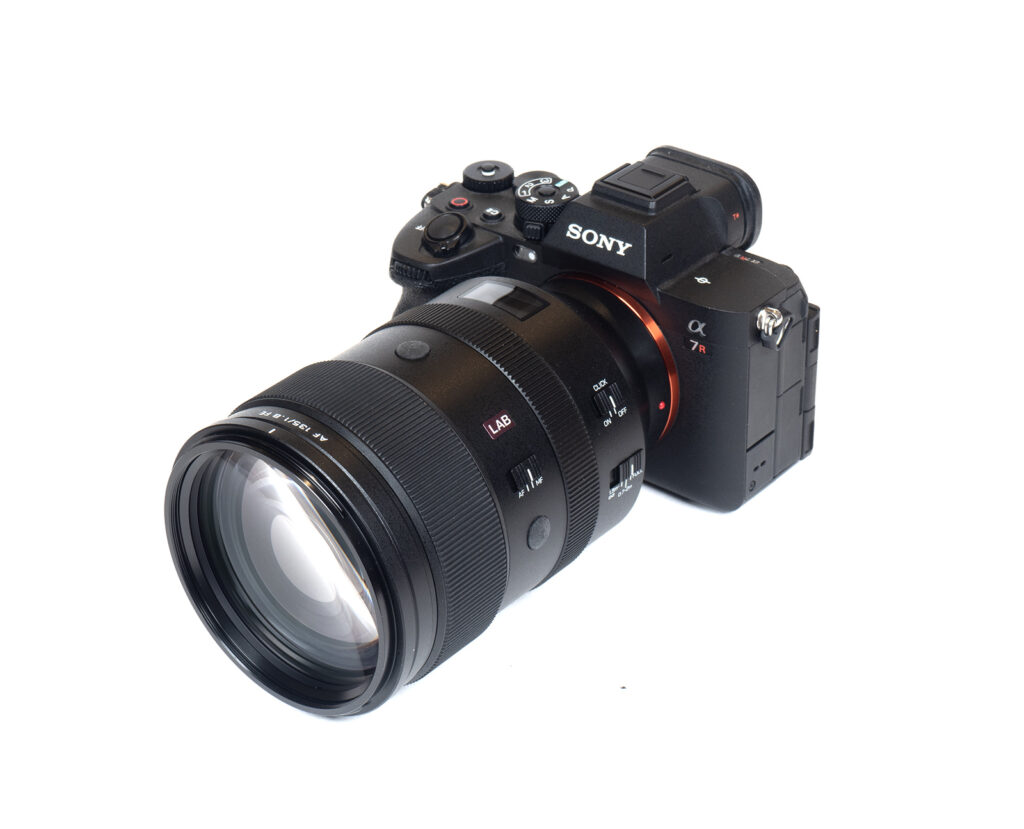We have become quite fond of Viltrox lenses lately. Especially their higher-end offerings have impressed us with a combination of impressive performance and sane pricing. And they’ve got a new kid on the block now – the Viltrox AF 135mm f/1.8 LAB FE. Priced at $899 USD / 999 EUR, they are exploring new territories here – threatening Sony (and later Nikon) in the professional full-format home turf now as well.
The 135mm f/1.8 is the first “LAB” lens – a name extension used for their high-end offerings sitting even above their “PRO” lenses, and their PRO lenses have been pretty good already. Needless to say – such fast 135mm lenses are perfectly aligned to shallow depth-of-field photography and are typically used for still life and portraits. Compared to the popular 85mm f/1.4 gang, 135mm lenses produce images with higher compression of the scene. Some people love it; some don’t – we tend to be in the first camp here.
The Vilrox lens is comparatively big in its class, and at 1.3 Kg, it is not for the faint-hearted – that’s 350g more than Sony’s own FE 135mm f/1.8 GM. The build quality is excellent. Based on the weight, you may expect a metal housing, but it’s actually made of high-quality engineered plastics based on a metal mount. Internally, it uses a magnesium-alloy structure. Viltrox states that it is dust- and moisture-proof. The focus ring turns smoothly. Viltrox also implemented a de-clickable, unmarked aperture ring. The aperture, as well as the focus distance, is, however, shown on the color LCD at the read of the lens. A floating focusing system is used for close-focus optimization. The package comes with a deep, barrel-shaped, flocked lens hood.

The Viltrox AF 135mm f/1.8 LAB FE uses a “Voice Coil Motor” (“HyperVCM”) for auto-focusing. It is silent and reasonably fast, although we wouldn’t call it “sports fast”. Manual focusing works by wire, as usual. A surprising aspect of the lens is Bluetooth connectivity – it’s the first time we’ve seen this on a lens. When powered by the camera or an attached USB-C cable, you can connect to the lens via the Viltrox lens app – available both for Android and iOS. Bluetooth is also used for firmware updates – and it works surprisingly well on Android at least (sorry, no iPhone around). EXIF data is fully supported.
| Specifications | |
|---|---|
| Optical construction | 14 elements in 9 groups (4x ED. 2x HR) |
| Number of aperture blades | 11 (rounded) |
| min. focus distance | 0.72m (max magnification 1:4) |
| Dimensions | φ93×145.7mm |
| Weight | 1300g |
| Filter size | φ82mm |
| Hood | barrel-shaped (bayonet mount, supplied) |
| Other features | de-clickable aperture ring, color LCD, Bluetooth w/mobile app support, focus lock, floating system, dust- and moisture-proof, A-B focus point switching, focus limiter, fluorine coating |
Distortions
The Viltrox AF 135mm f/1.8 LAB FE produces a negligible amount of pincushion distortion in RAW images, and the remaining traces are removed via auto-correction if activated.
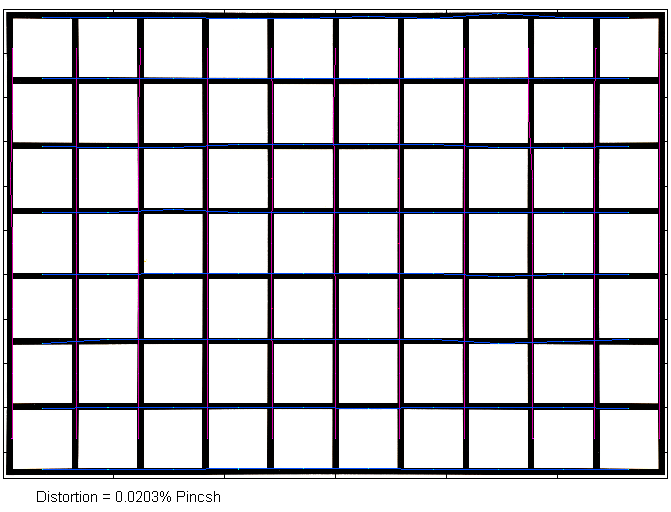
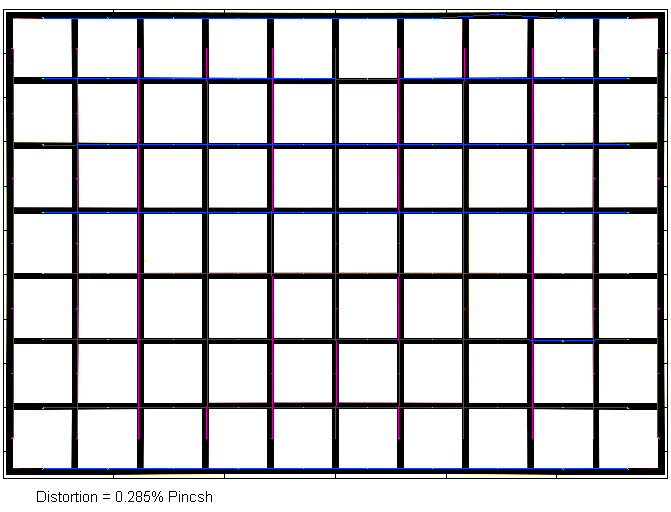
Vignetting
Ultra-large aperture lenses tend to produce very high vignetting at max aperture, but the Viltrox lens produces only a moderate amount of light falloff at f/1.8 – at least for a full-format lens. A RAW vignetting of 1.4EV (f-stops) is still visible, and the issue is mostly gone from f/2.8.
With auto-correction activated, and that’s the norm these days anyway, the vignetting is barely visible at f/1.8 and irrelevant from f/2.2.
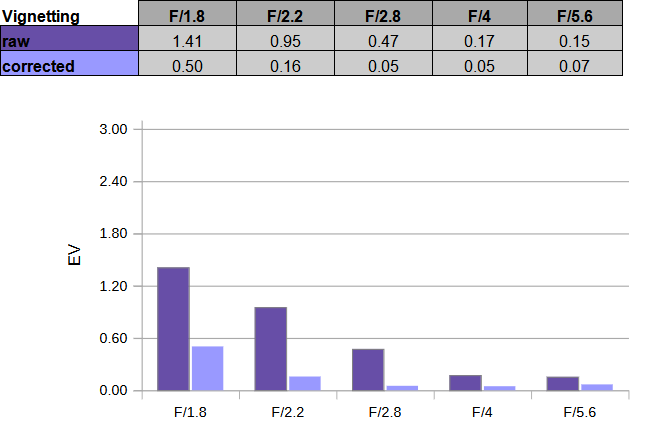
MTF (resolution) at 42 megapixels
Medium tele lenses tend to be as good as it gets in terms of sharpness, and the Viltrox lens doesn’t disappoint here either. The center quality is already nothing short of stellar at f/1.8, followed by an excellent near-center performance. The borders and image corners are still very good here. Stopping down to f/2.2 has only a slight impact. At f/2.8, the near-center quality is now also absolutely superb. The borders are catching up at f/4, and the corners are now very good to excellent. The best quality across the frame is reached at f/5.6. Diffraction sets in at f/8. f/11 remains easily very good.
The field curvature is negligible. The centering quality of the tested sample was good.
Please note that the MTF results are not directly comparable across the different systems!
Below is a simplified summary of the formal findings. The chart shows line widths per picture height (LW/PH) which can be taken as a measure of sharpness. If you want to know more about the MTF50 figures, you may check out the corresponding Imatest Explanations.
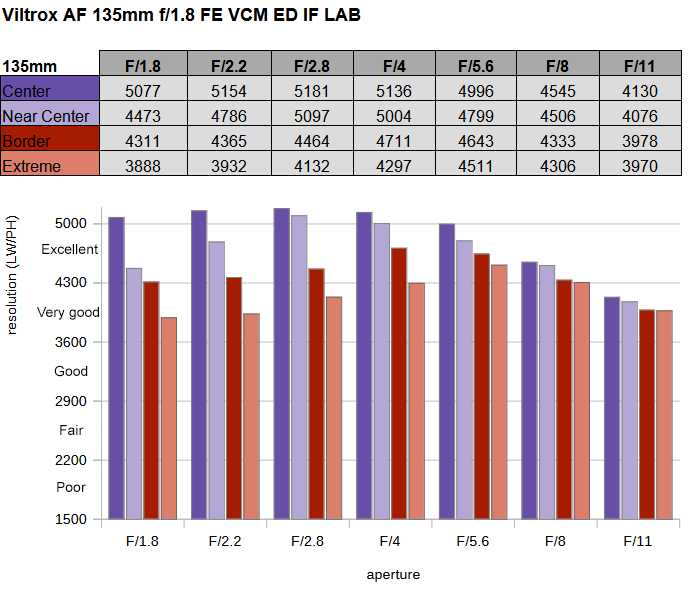
Chromatic Aberrations (CAs)
Lateral CAs have an average width of around 0.3px at the image borders and max aperture. This is already negligible, even without auto-correction.

Bokeh
A 135mm f/1.8 lens is primarily about shallow depth-of-field photography, so let’s have a look at the quality of the bokeh.
Out-of-focus highlights are nicely rendered with a smooth inner zone of the discs and just a hint of an outlining effect. The circular shape of the discs remains intact at f/2.8 – surely thanks to the 11 rounded aperture blades. A slight edginess creeps in at f/4.
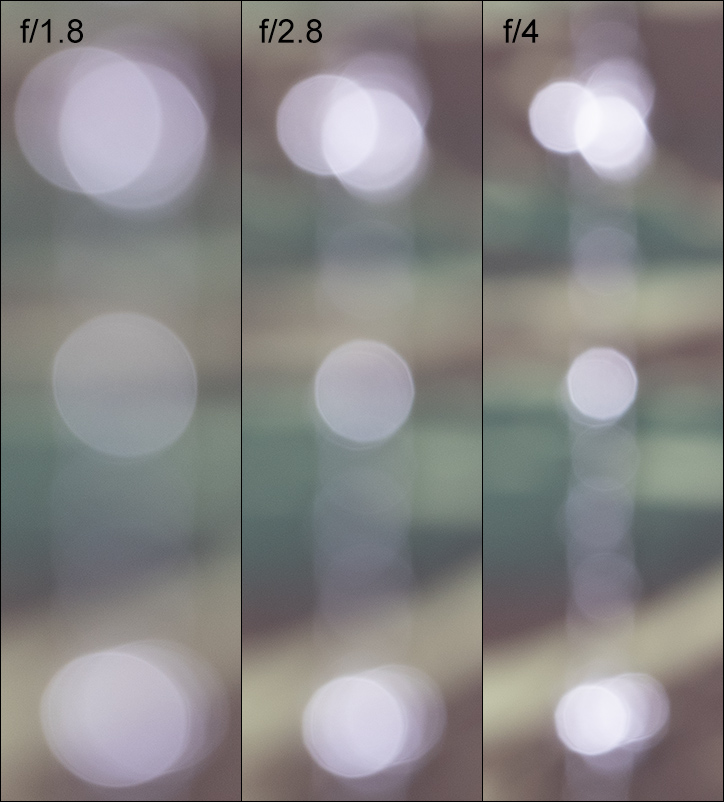
When looking at the highlight rendering across the whole image field, we can spot a deterioration from the circular shape from roughly the mid field into the corners. This “cat-eye” effect remains comparatively moderate, though. As usual, stopping down will broaden the zone showing circular discs and the corner discs are restored at f/4.
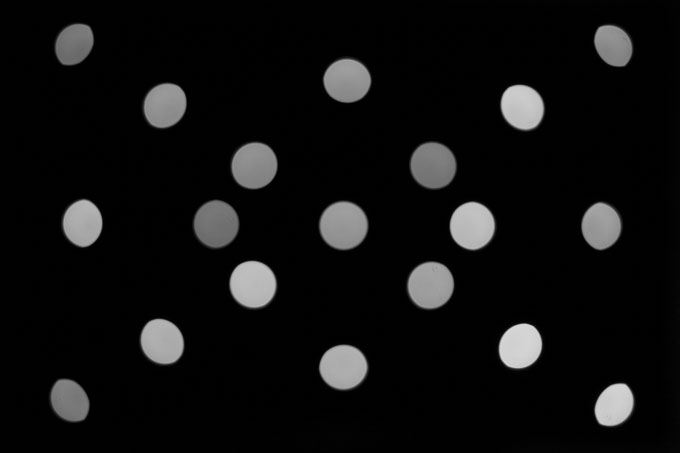
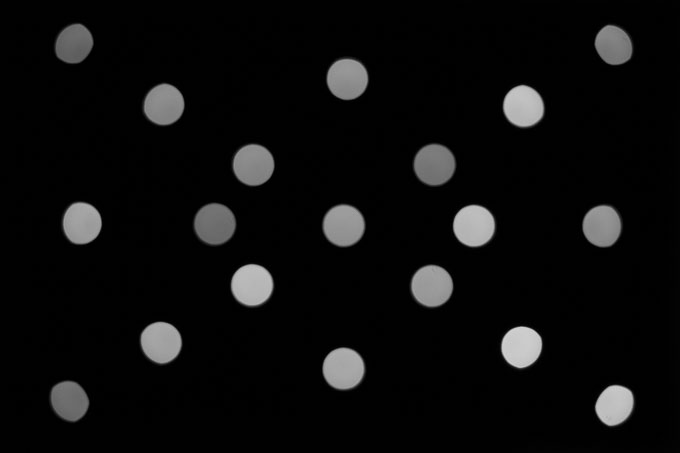
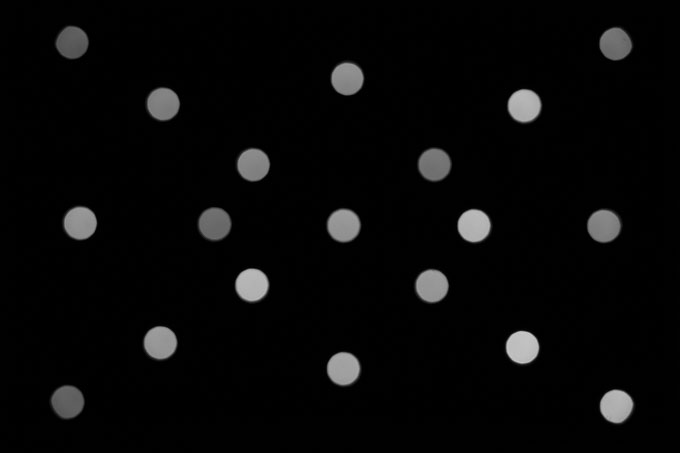
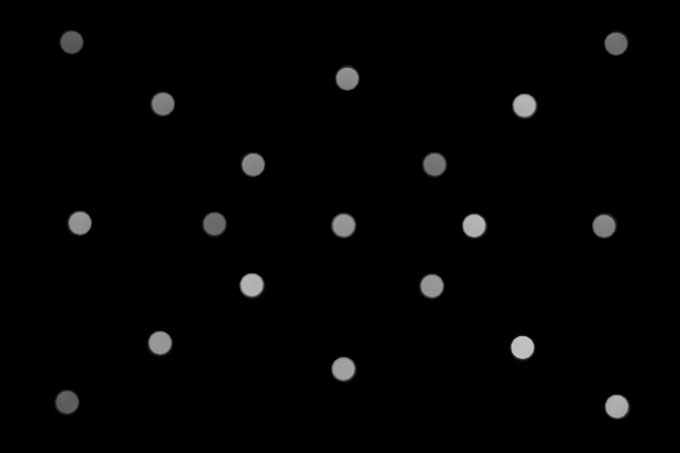
The rendering quality in the focus transition zone is smooth in the image background – shown the left below. The foreground blur (to the right) is good but not perfect.
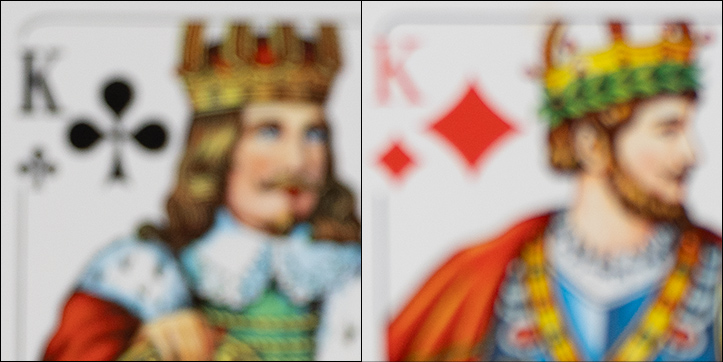
Bokeh Fringing / LoCA
LoCAs, or bokeh fringing, is a color fringing effect on the Z-axis. It shows up with a purplish tint in front of the focus point and a greenish tint behind – and it’s nearly impossible to fully correct in post.
The Viltrox AF 135mm f/1.8 LAB FE does an excellent job here. At f/1.8, there are only traces of color fringing visible, and they are practically gone from f/2.8.
You may also notice that the focus point remains spot on when stopping down (= no relevant RSAs).
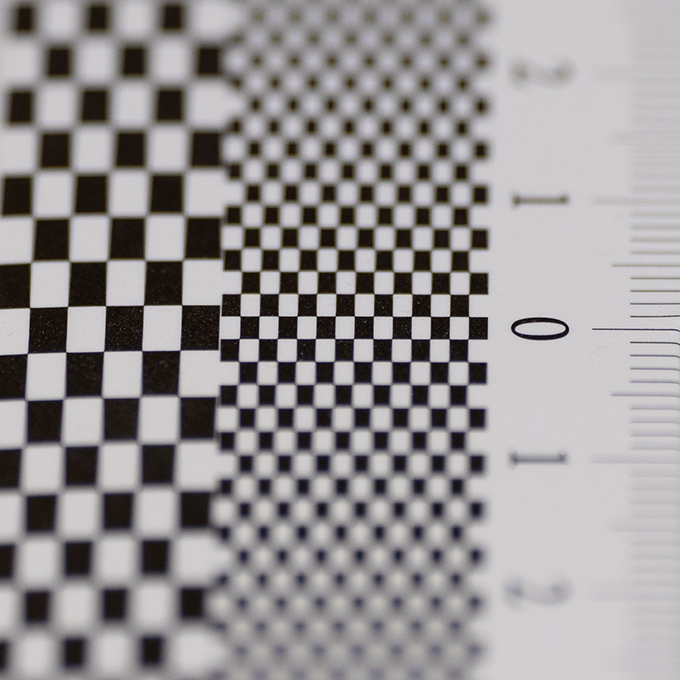
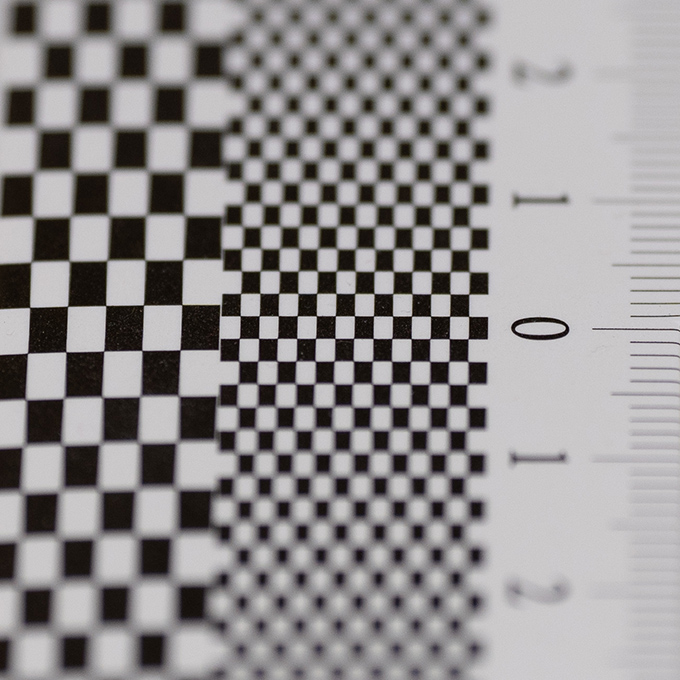
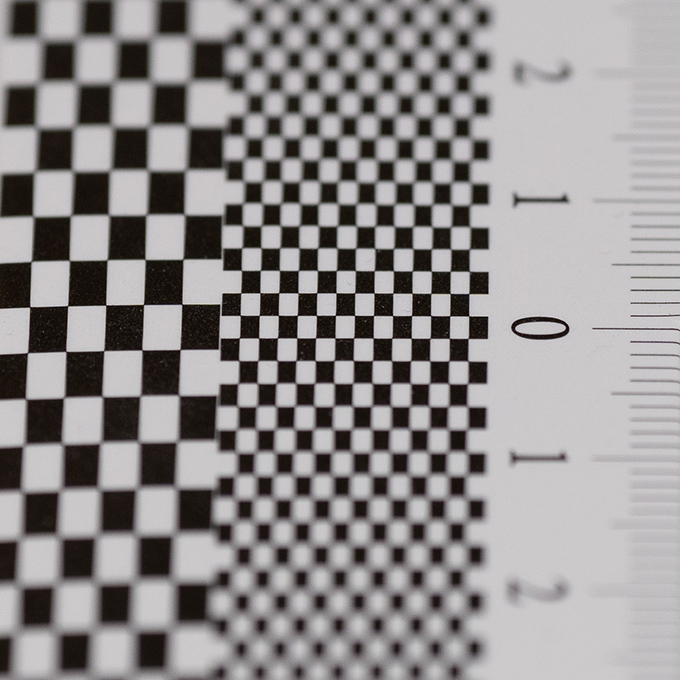
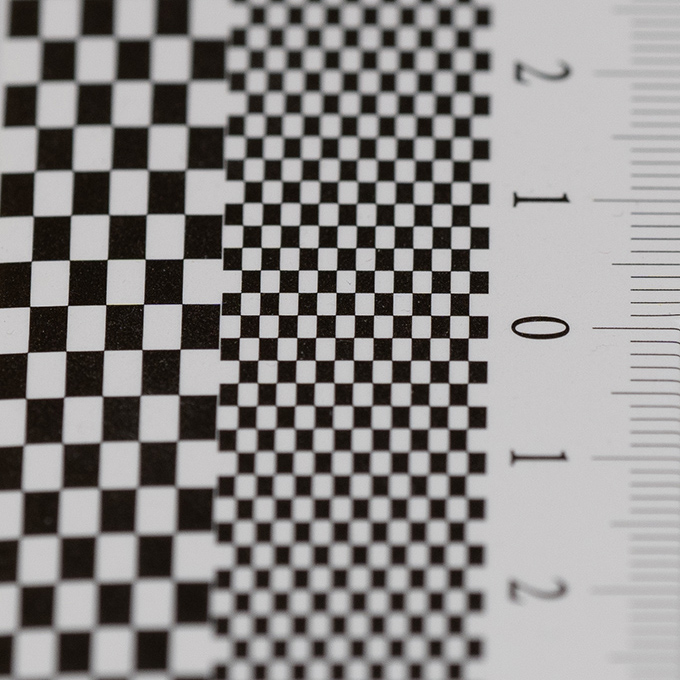
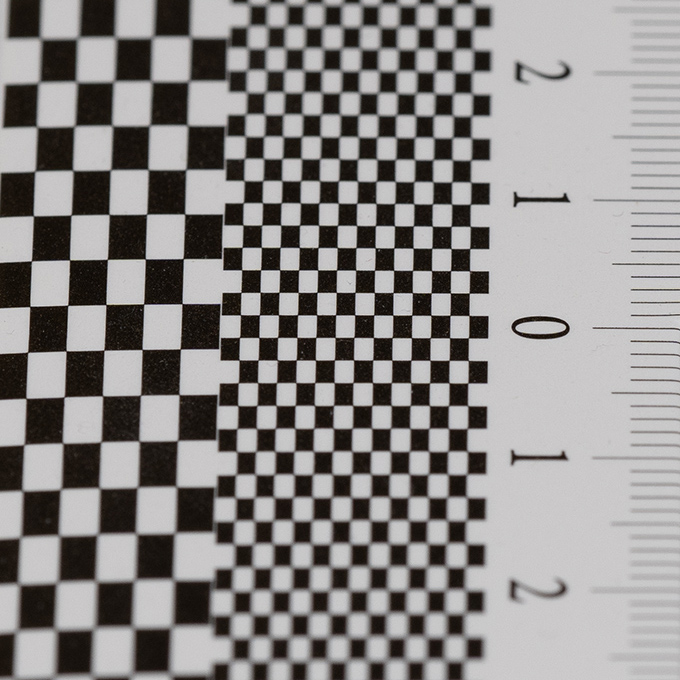
Competition
The Viltrox AF 135mm f/1.8 LAB FE has 2 main competitors. There’s, of course, Sony’s own FE 135mm f/1.8 GM and the Samyang AF 135mm f/1.8 FE. The Sony lens costs more than twice (!) as much (in the US, at least) and it’s unlikely that it gives you twice the performance. However, Sony does provide you with peace of mind that only a big brand can offer – plus professional support if you are a member of Sony Imaging Pro. And it provides superior AF speed. The Samyang 135mm f/1.8 FE has price parity with the Viltrox lens. It’s a lot more lightweight – stay tuned for its review, but we can already say that it’s slightly worse.
Sample Images
We've been plenty impressed by the Viltrox AF 135mm f/1.8 LAB FE. In terms of sharpness, it's almost impeccable. The center performance is already extremely high at f/1.8 and the outer image field is easily on a very good level here. It's outstanding across the image field between f/4 and f/5.6. Lateral and axial CAs are very low. Image distortions are already negligible in RAW images. The RAW vignetting is moderate thanks to the immense front element - and auto-correction does a good job removing the rest here. The quality of the bokeh is very good. The general quality of the bokeh blur is generally smooth, and out-of-focus highlights show an even inner zone.
The mechanical quality is also impressive. Just from the touch of it, you'd be hard-pressed to "feel" the difference between the Viltrox lens and a Sony G/GM lens. It feels sturdy and tightly assembled and Viltrox emphasizes that the lens is well protected against the elements. If we had to point to one drawback - this lens is heavy. The AF is quite fast, and it was spot on during our field testing, but we wouldn't use it for action photography. Firmware updates are possible via Bluetooth and a mobile app.
Overall, it deserves our highest praise thanks to its combination of excellent image quality and reasonable pricing.
-
Optical Quality
-
Build Quality
-
Price / Performance


